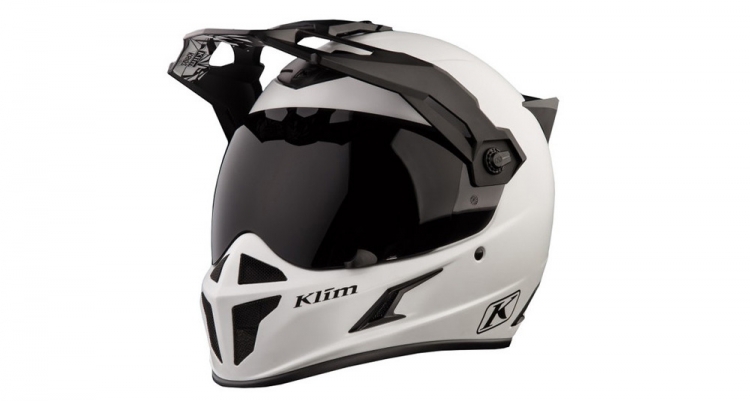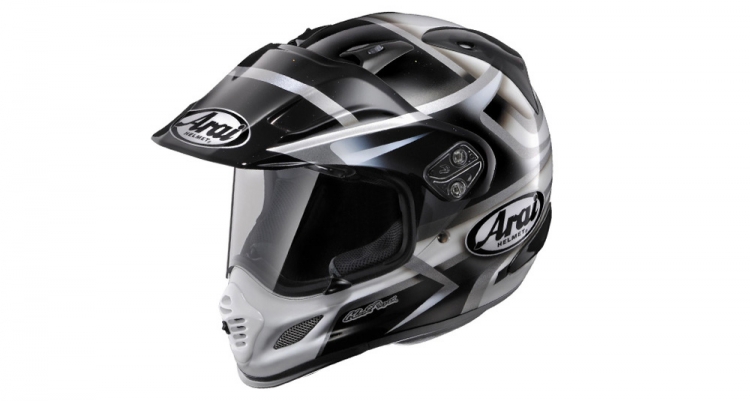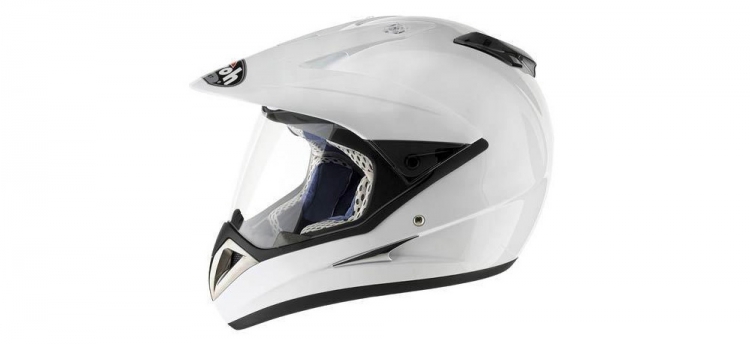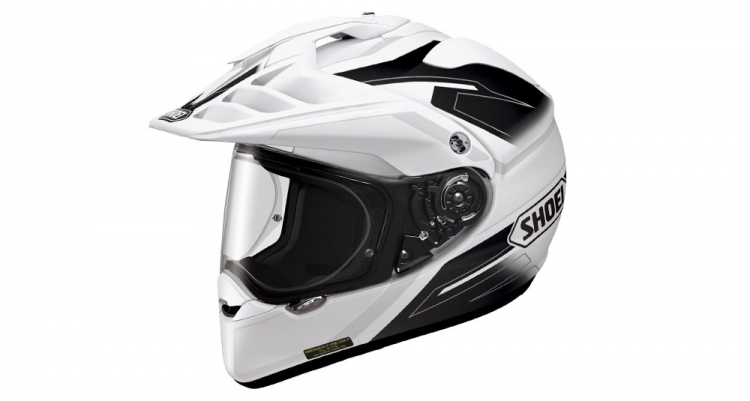Choosing the Best Adventure Riding Helmet
The growing number of helmet options hitting the adventure riding market can make choosing a helmet a little daunting for those new to the adventure riding scene. With different composites, peaked or non-peaked, visor or googles, D-ring or clip buckle, varying weights and pinlocks being just some considerations.
This article is by no means an exhaustive helmet selection article. It merely shares some of the information I have absorbed and learned first-hand over the last 10 years of adventure riding in New Zealand.
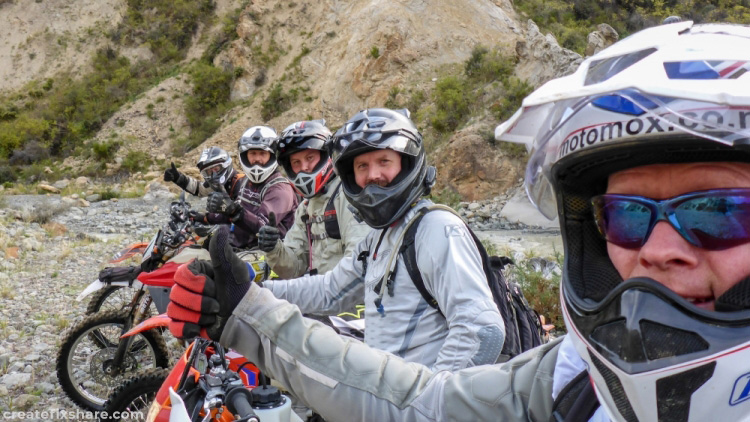
Adventure Helmet Style
The typical style of an adventure helmet is a mix between a road helmet and a motocross helmet. The adventure helmet adopts the motocross style peak which is primarily used to shield from the roosting of riders in front of you. Additionally this peak is absolutely brilliant for shielding low lying sun early in the morning or late in the afternoon.
This practical peak does have a downside however and that is wind noise at high speed. Adventure helmets with peaks are inherently far noisier than road helmets that don’t have peaks. Most riders would agree however that a little wind noise is a small price to pay for the practical benefits of a peak.
Anyone who has ridden at 100 km/h in the rain with a motocross style helmet and goggles will no doubt say it is an unpleasant experience! It is amazing how at 100 km/h harmless raindrops can feel like little balls of molten metal smacking into the exposed parts of your face which is then topped off by the rain drops dribbling down your face and then neck as they make their way through the gaps between the helmet and goggles. This is one of the main reasons why modern adventure helmets have a visor. With a quality visor set up, riding in the rain is a painless and dry experience.
You may however notice that some adventure riders prefer to ride with road style helmets. Road style helmets can often be the preference for adventure tourers where the route is predominantly tarmac and the lack of a peak providing far less wind noise makes for a more comfortable ride.
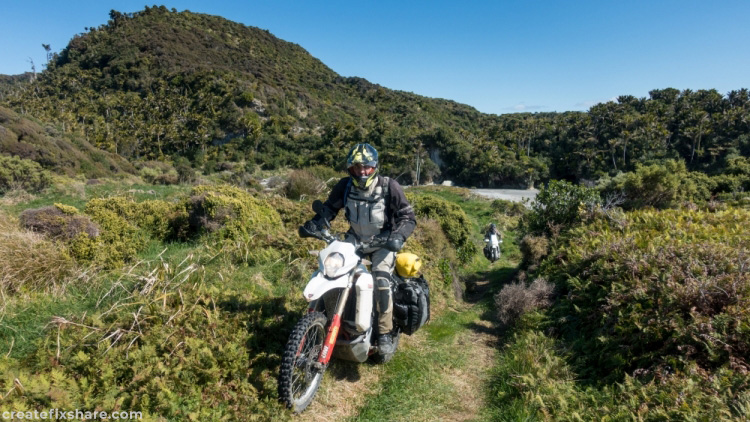
Adventure Helmet Fit
There are a wide range of manufacturers producing high-quality helmets so it is not necessarily the price or style of helmet that should be the key decider for which helmet is best for you; the ultimate deciding factor should be the fit. Heads vary in size and shape considerably so the goal is to find a helmet that best fits the size and shape of your head.
The correct fit will firstly allow the helmet to perform as it should in a crash and provide maximum protection. Secondly it will provide you with the most comfort. Comfort is important, especially if you regularly ride for long hours or do multi-day/week trips.
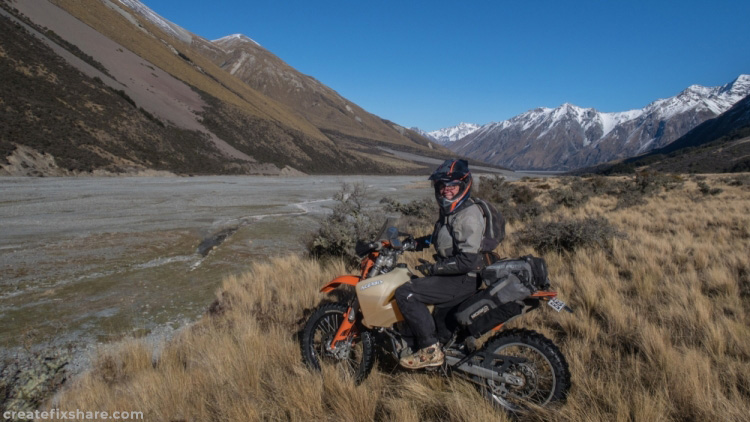
Adventure Helmet Ventilation
Most helmets designed for the adventure riding market will normally have far more ventilation than road helmets. This is due to the manufacturers knowing that adventure riders will be working up a sweat when riding off-road and will need good airflow ventilation; especially at slower speeds through technical terrain.
Some helmet ventilation is better than others. For example the Shoei Hornet DS helmet and the Arai XD 4 helmet are both great adventure helmets, however the Arai XD 4 has better ventilation. If you target the technical off-road riding or are a particularly active off-road rider, your helmet selection may be influenced by venting capabilities.
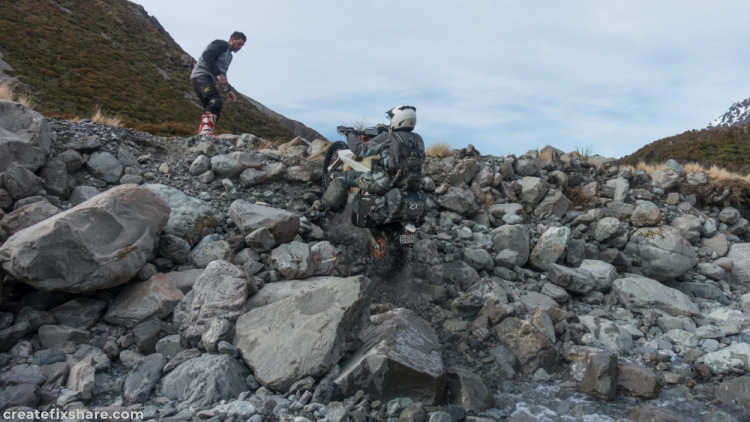
Adventure Helmet Weight
Adventure riding off-road significantly increases the probability of drops and crashes. When tackling technical tracks the frequency increases, this is simply part and parcel of the hobby. The key focus of this point is that if you are riding without a neck brace and you have a heavy helmet, the chances of damaging your neck in a crash are increased.
Lightweight helmets provide the two main benefits of firstly being very comfortable to wear on long riding days and secondly reducing the chance of neck injury.
Most helmet manufacturers build the lightest helmets they can while still meeting their safety standards. Extremely lightweight helmets are normally as a result of the helmet being constructed with high-end composite materials. This will dramatically reduce the weight however it will also increase the shelf price.
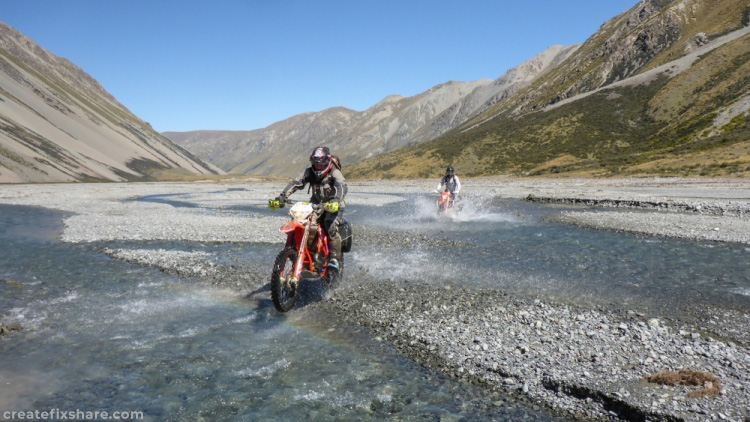
Avoiding Fogging
Adventure riding in cold or wet conditions can lead to a standard visor becoming fogged and hard to see through. Aside from a fogged visor being unpleasant to ride with, it is very dangerous both on and off-road.
While there are numerous products to spray on your visor to stop fogging, the simple truth is no product on the market offers a long-term solution. The only way to eliminate fogging of the visor is a pinlock visor or an anti-fog insert. These systems add a second skin to your visor which traps a pocket of air that won’t allow your visor to become fogged. This is essentially the same principal as double-glazed windows.
For adventure riding in cold or wet conditions, a pinlock or anti-fog insert can be considered a must.
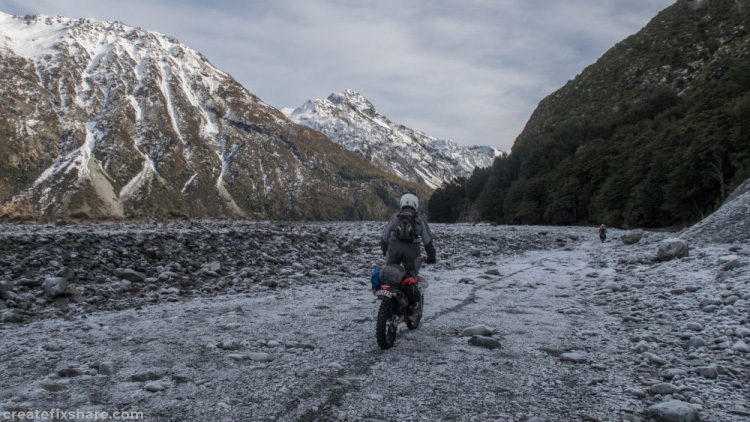
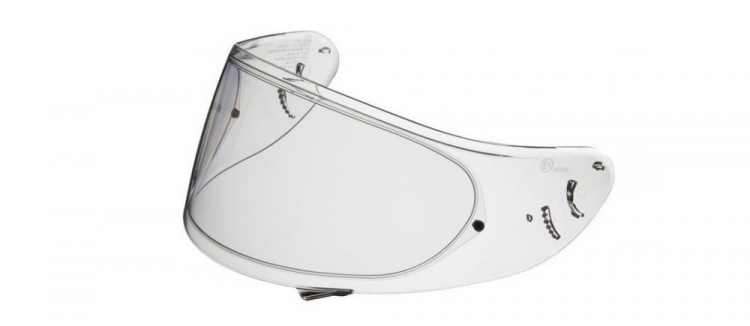
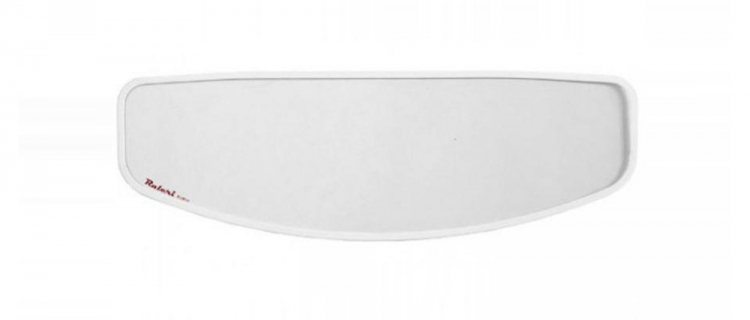
Adventure Helmet Recommendations
A helmet is by far one of the most important pieces of safety gear in your adventure riding kit. With this in mind, most seasoned riders would agree that when buying a helmet you should:
- Spend as much as your budget allows to get the highest quality helmet you can afford
- Choose a helmet that perfectly fits the shape of your head to offer you the best protection
- Choose a helmet the gives you good peripheral vision
I can only comment on the helmets I have personally used, the four main ones being:
